Coffee prices today (June 8) in the domestic market increased by 800 VND/kg. Currently, the lowest transaction price in the localities reached 62,200 VND/kg, recorded in Lam Dong province.
Update domestic coffee prices
According to a survey at giacaphe.com at 8:55, today's coffee price increased by 800 VND/kg.
According to records, localities are purchasing coffee at prices ranging from 62,200 - 62,800 VND/kg.
Specifically, Lam Dong province has the lowest price of 62,200 VND/kg. Next is Gia Lai province with the price of 62,500 VND/kg.
At the same time of survey, Dak Lak province had a purchase price of 62,700 VND/kg.
Dak Nong recorded a transaction price of 62,800 VND/kg - the highest among the surveyed localities.
| Market | Medium | Change |
| Dak Lak | 62,700 | +800 |
| Lam Dong | 62,200 | +800 |
| Gia Lai | 62,500 | +800 |
| Dak Nong | 62,800 | +800 |
| USD/VND exchange rate | 23,290 | 0 |
Unit: VND/kg
Exchange rate according to Vietcombank
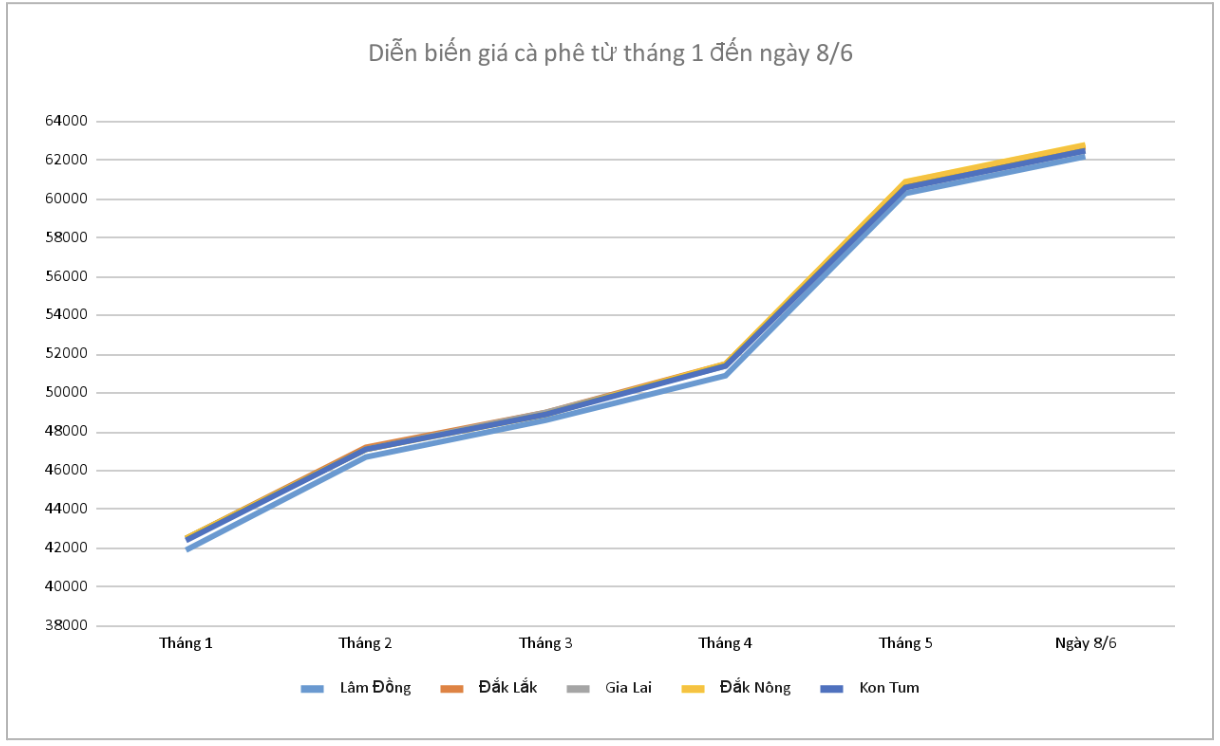
Coffee price developments from January to June 8. (Synthesized by Anh Thu )
Update world coffee prices
According to records, coffee prices on the world market increased. Specifically, the online price of robusta coffee in London for delivery in July 2023 was recorded at 2,674 USD/ton after increasing by 2.3% (equivalent to 60 USD).
The price of Arabica coffee for July 2023 delivery in New York was at 185.4 US cents/pound after increasing 1.53% (equivalent to 2.8 US cents) at the time of survey at 6:20 a.m. (Vietnam time).
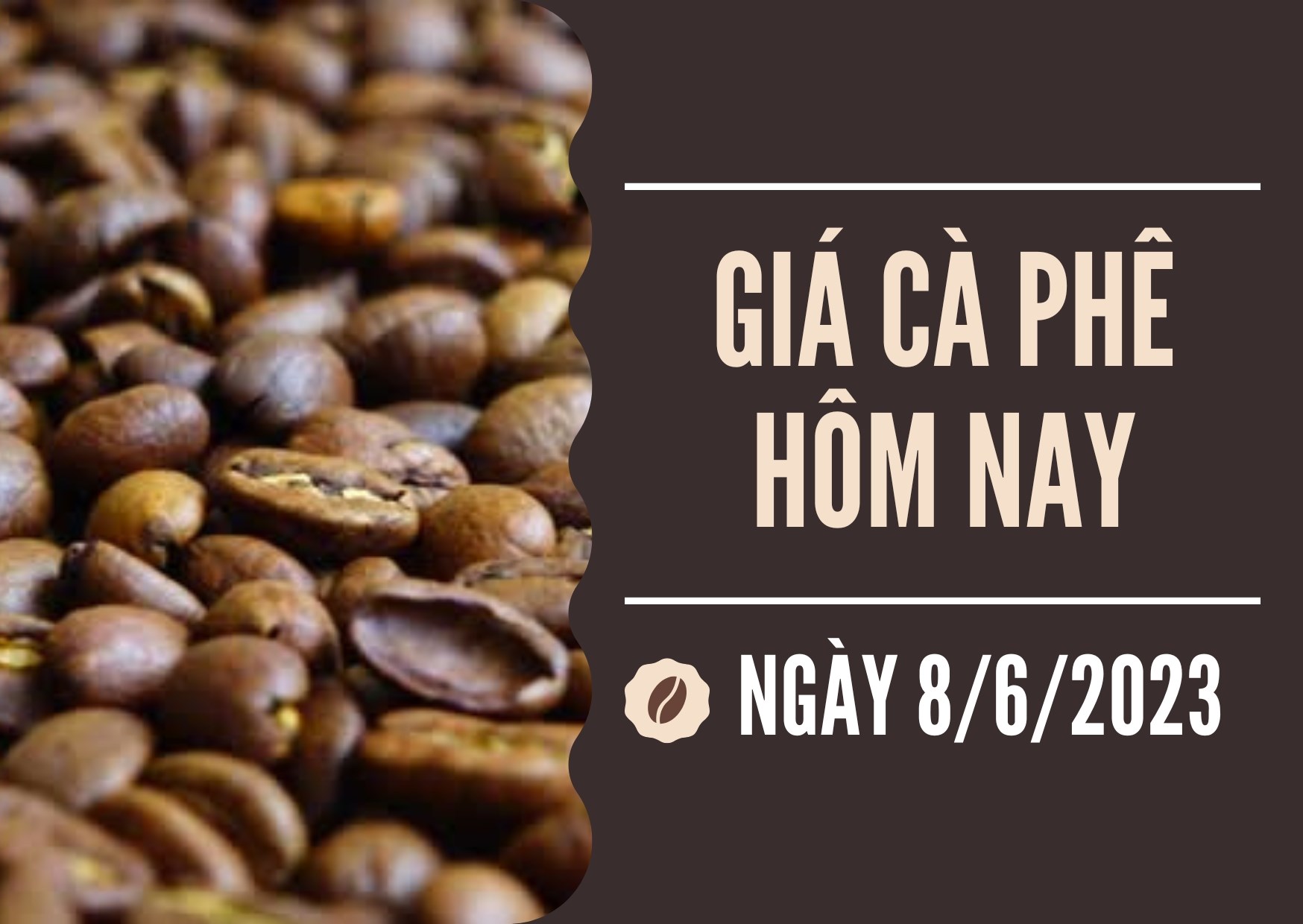
Photo: Anh Thu
El Niño is a periodic warming of the Pacific Ocean that has a major impact on weather around the world. This includes influencing rainfall and temperature.
For the world's largest producers of robusta beans, Brazil and Vietnam, the impact could result in reduced production, according to Weather and Radar.
In 2015, El Nino contributed to a drought in Brazil’s Espirito Santo state, one of the country’s major producers of robusta coffee. Production that season fell by 40% due to El Nino-induced weather changes.
Since then, Brazil has invested heavily in features to help avoid such an impact, including new irrigation methods and larger water reservoirs to survive any drought.
The two widely used coffee beans are robusta and arabica. Robusta beans generally have a higher caffeine content, while arabica beans are often used to make instant coffee.
If robusta harvests are reduced again as they were during previous El Niño cycles, we could see quality decline and prices rise. Prices are already at 15-year highs due to concerns about the impending impact.
Source


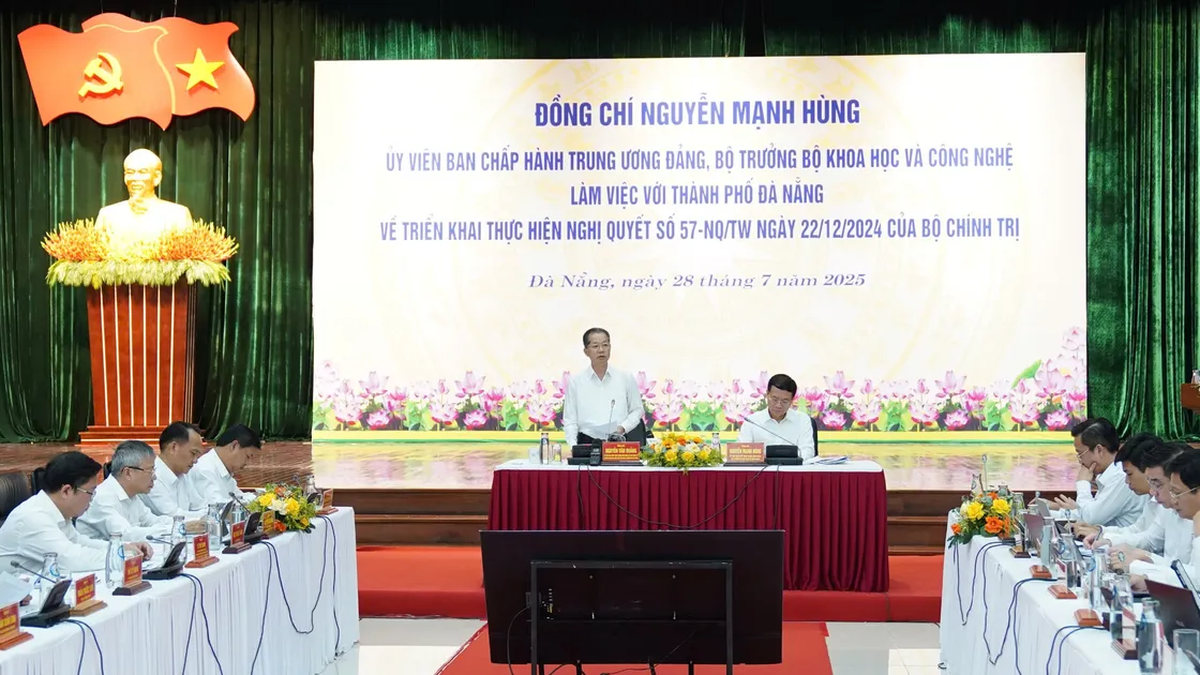



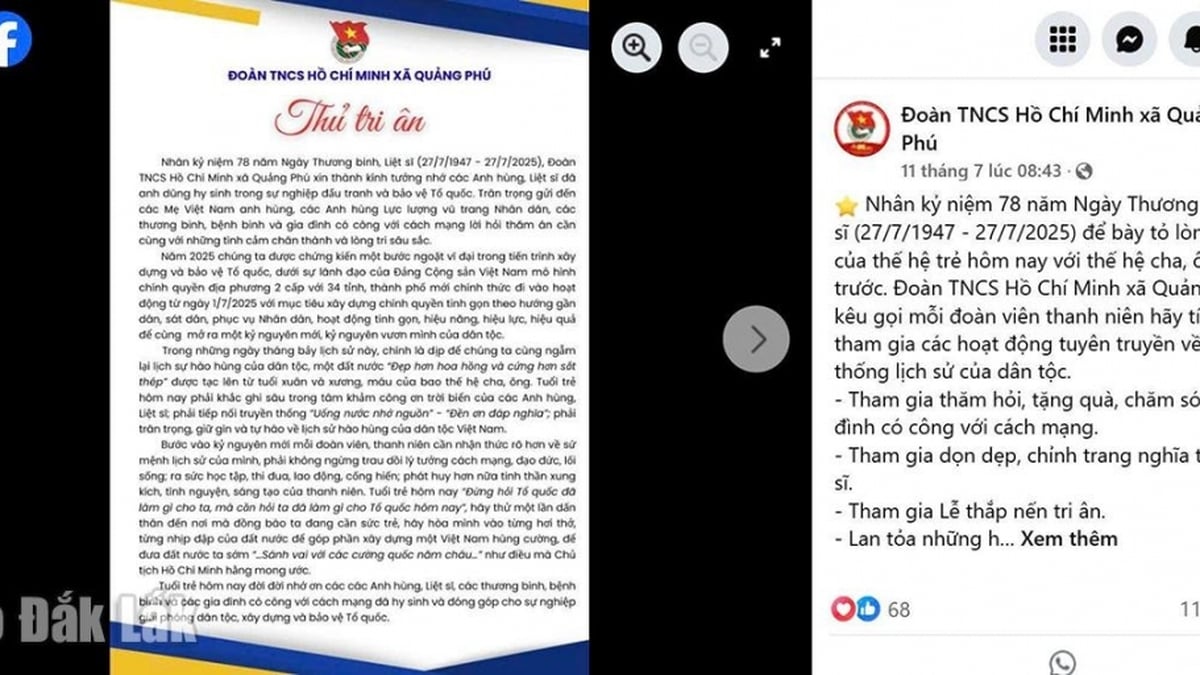



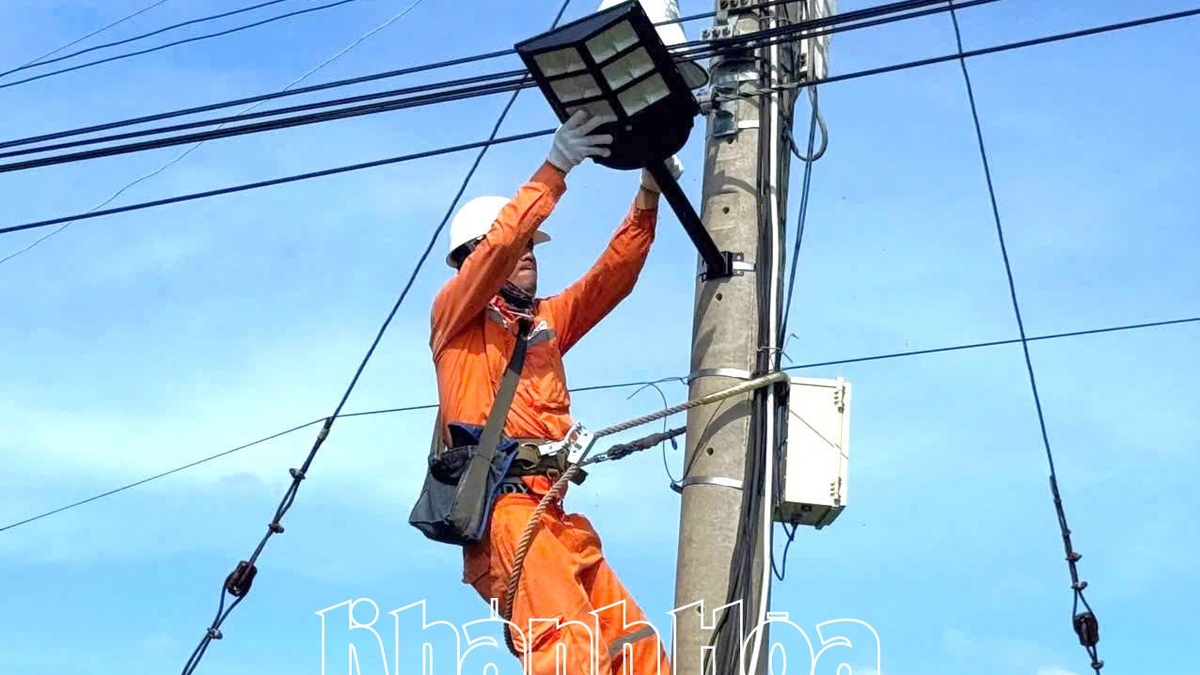












![[Photo] National Assembly Chairman attends the seminar "Building and operating an international financial center and recommendations for Vietnam"](https://vphoto.vietnam.vn/thumb/1200x675/vietnam/resource/IMAGE/2025/7/28/76393436936e457db31ec84433289f72)












































































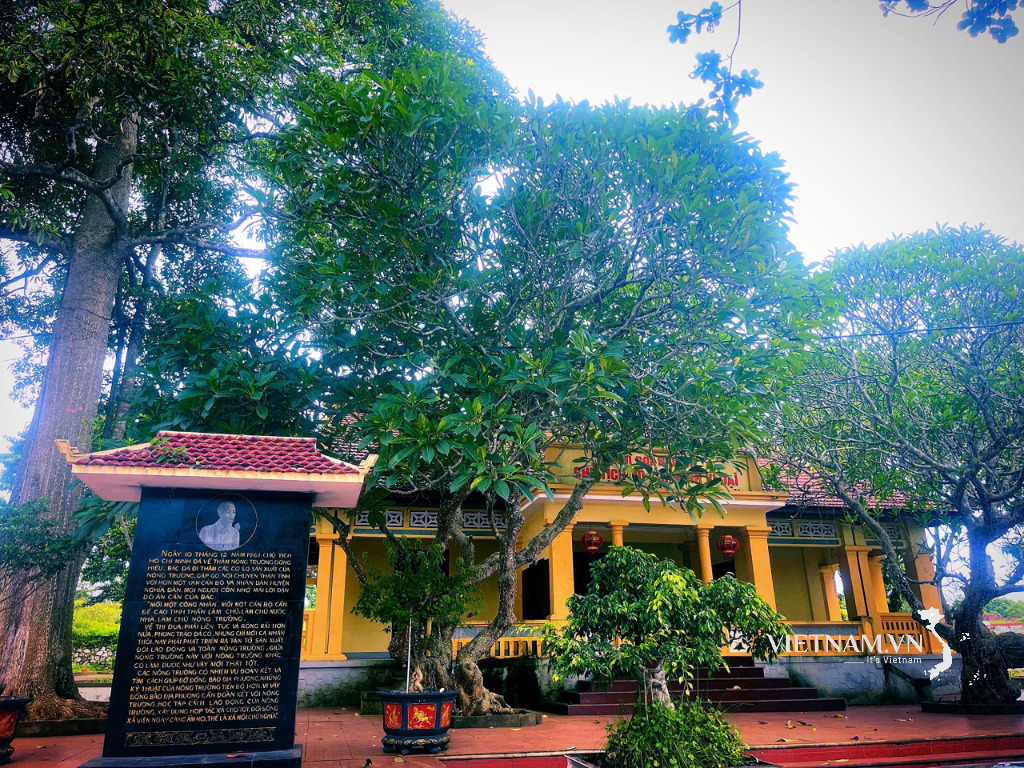
Comment (0)